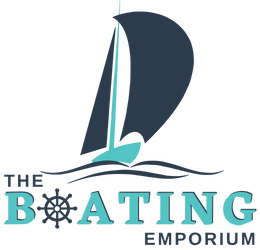Choosing a paddleboard also depends on the user’s level of experience and size. Newbie paddlers can choose a wider and more stable board until they have mastered balancing. Paddleboards that have more volume and can handle heavier weight capacities are good for larger newbie paddlers.
Smaller paddlers can choose a board that is more compact but still provides stability. Smaller boards will be easier for them to carry around, but can also give them a great time in the water.
More experienced paddlers will enjoy a board that is narrower, more responsive board. These boards are the ones that they can control especially when they start tackling waves.

(Remember that stand up paddle boards differ and manufacturers might have their own sizing for a specific board. You can check the size chart or details on each product if you’re looking for more accurate sizing.)
Another thing you should consider before buying a paddleboard is your paddling activity. Are you just going to use it for cruising? Do you want to go longer distances with your paddleboard? Are you and expert paddleboarder who races on the water or loves going through waves? There are suitable types of paddleboards for each of these activities.
Cruising boards are also known as all-around or hybrid boards, and are wider, thicker, and more stable than other types. They are usually used on calm bodies of water, but can also handle some action. However, there are cruising boards that are longer and narrower that can be more challenging for newbies. These boards glide better, but are harder to turn because of their more immersed bow and stern.
On the other hand, Touring paddleboards are those boards that can be enjoyed by those who want to tour long distances on the water. Their long and narrow form makes for a more efficient paddling, and have a displacement hull for better tracking. Touring boards that are longer and narrow can be used by racers and other advanced paddlers.
There are also surf-style paddleboards that are suitable for wave-riding. These boards are usually shorter, have narrower tails, and an elevated rocker which make them perfect for cutting through waves.
Activities such as fishing, yoga, and prone paddling can also be done on a suitable paddle board.
Paddleboards also have three types; rigid, inflatable, and soft boards. Rigid boards are made of elements like fiberglass, polyester, or a premium fiberglass/epoxy resin, making them more durable but more expensive as well. Inflatable boards are portable boards made for those who are on the go. They are made with heavy-duty materials that can be found on high-pressure floored inflatable boats.
Finally, soft boards are made of a dense foam base, encased in a softer foam on top and a hard plastic surface underneath. They are cheaper and generally used by newbies.
We hope that this guide on stand-up paddleboards helped you find the perfect board for your next trip to the lakes! If you have any questions, please do not hesitate to contact us, and our staff will be happy to help!
